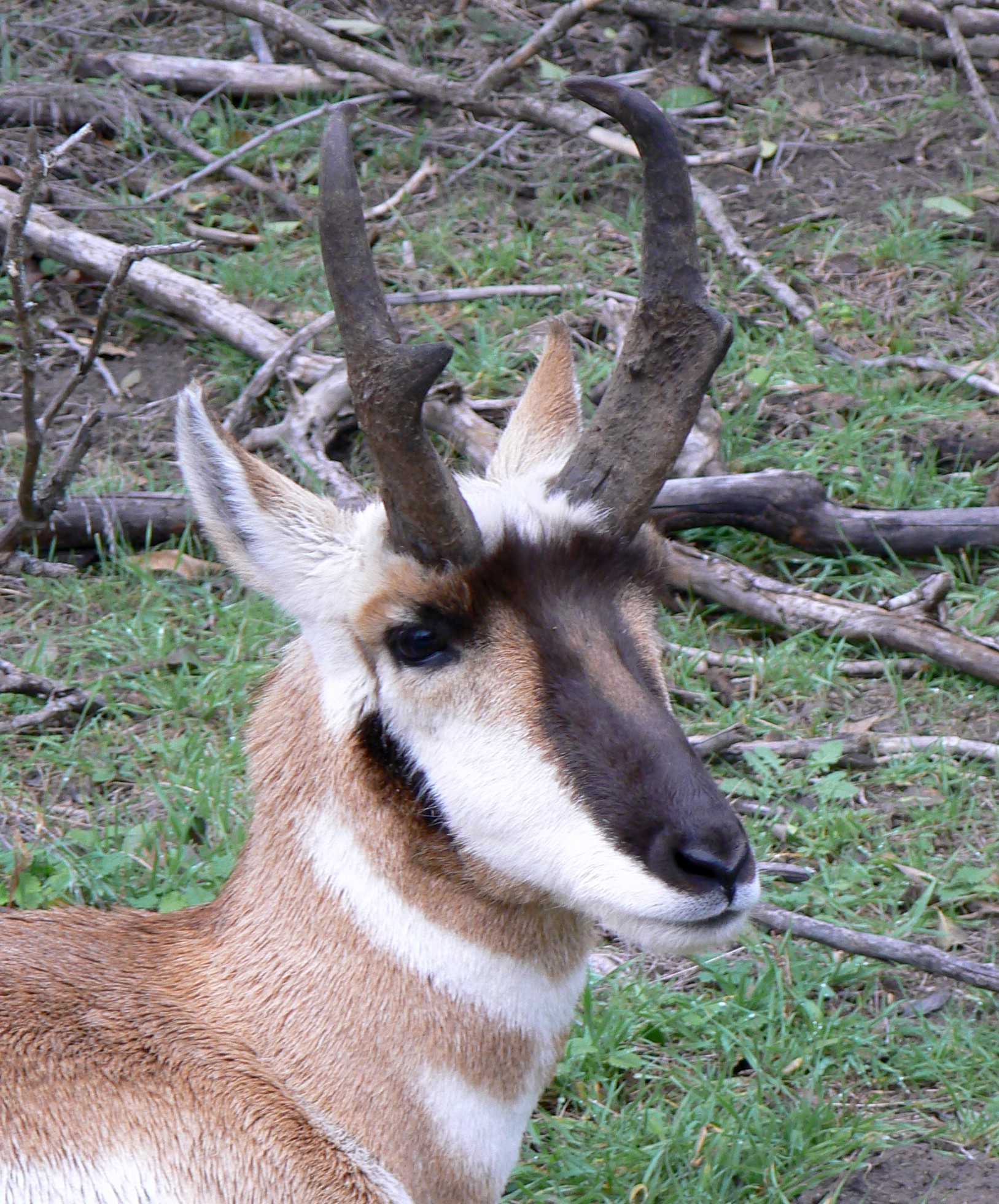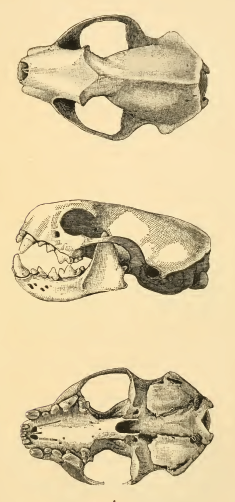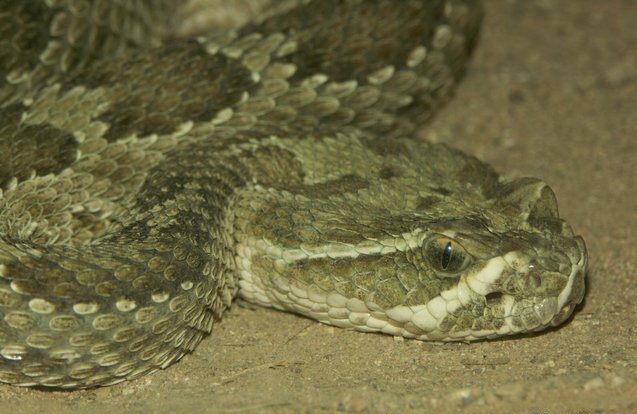|
Grasslands National Park
Grasslands National Park is a Canadian national park located near the village of Val Marie, Saskatchewan, and one of 44 national parks and park reserves in Canada's national park system (though one of only two in Saskatchewan itself). This national park is north of the U.S. state of Montana and lies adjacent to the international boundary. It consists of two separate parcels, the East Block and West Block. The park was established in 1981. Prior to this the province's only national park was Prince Albert National Park. Grasslands annually receives about 12,000 visitors. Grasslands National Park represents the Prairie Grasslands natural region, protecting one of the nation's few remaining areas of undisturbed dry mixed-grass/shortgrass prairie grassland. The park is located in the World Wildlife Fund-defined Northern short grasslands ecoregion, which spans much of southern Saskatchewan, southern Alberta, and the northern Great Plains states in the US. The unique landscape ... [...More Info...] [...Related Items...] OR: [Wikipedia] [Google] [Baidu] |
Saskatchewan
Saskatchewan is a Provinces and territories of Canada, province in Western Canada. It is bordered on the west by Alberta, on the north by the Northwest Territories, on the east by Manitoba, to the northeast by Nunavut, and to the south by the United States (Montana and North Dakota). Saskatchewan and neighbouring Alberta are the only landlocked provinces of Canada. In 2025, Saskatchewan's population was estimated at 1,250,909. Nearly 10% of Saskatchewan's total area of is fresh water, mostly rivers, reservoirs, and List of lakes in Saskatchewan, lakes. Residents live primarily in the southern prairie half of the province, while the northern half is mostly forested and sparsely populated. Roughly half live in the province's largest city, Saskatoon, or the provincial capital, Regina, Saskatchewan, Regina. Other notable cities include Prince Albert, Saskatchewan, Prince Albert, Moose Jaw, Yorkton, Swift Current, North Battleford, Estevan, Weyburn, Melfort, Saskatchewan, Melfort, ... [...More Info...] [...Related Items...] OR: [Wikipedia] [Google] [Baidu] |
Pronghorn
The pronghorn (, ) (''Antilocapra americana'') is a species of artiodactyl (even-toed, hoofed) mammal indigenous to interior western and central North America. Though not an antelope, it is known colloquially in North America as the American antelope, prong buck, pronghorn antelope, and prairie antelope, because it closely resembles the antelopes of the Old World and fills a similar ecological niche due to parallel evolution. It is the only surviving member of the family Antilocapridae. During the Pleistocene epoch, about 11 other antilocaprid species existed in North America, many with long or spectacularly twisted horns.Smithsonian Institution. North American MammalsPronghorn ''Antilocapra americana'' Three other genera ('' Capromeryx'', '' Stockoceros'' and '' Tetrameryx'') existed when humans entered North America but are now extinct. The pronghorn's closest living relatives are the giraffe and okapi. See Fig. S10 in Supplementary Information. The antilocaprids are part of ... [...More Info...] [...Related Items...] OR: [Wikipedia] [Google] [Baidu] |
Plains Cottonwood
''Populus deltoides'', the eastern cottonwood or necklace poplar, is a species of cottonwood poplar native to North America, growing throughout the eastern, central, and southwestern United States as well as the southern Canadian prairies, the southernmost part of eastern Canada, and northeastern Mexico. Description ''Populus deltoides'' is a large tree growing to tall and with a trunk up to diameter, one of the largest North American hardwood trees. The bark is silvery-white, smooth or lightly fissured when young, becoming dark gray and deeply fissured on old trees. The twigs are grayish-yellow and stout, with large triangular leaf scars. The winter buds are slender, pointed, long, yellowish brown, and resinous. It is one of the fastest growing trees in North America. In Mississippi River bottoms, height growth of per year for a few years has been seen. Sustained growth of in height and in diameter per year for 25 years is common. The leaves are large, deltoid (tri ... [...More Info...] [...Related Items...] OR: [Wikipedia] [Google] [Baidu] |
Needlegrass
{{Plant common name ...
The term needlegrass may refer to any of several genera of grasses, including: *''Achnatherum'' *''Aristida'' (three-awns) *''Hesperostipa'' *''Nassella'' *''Stipa'' *''Triraphis'' See also * Spear grass (other) * Wiregrass (other) Wiregrass is a common name for several plants Wiregrass may refer to: * Poaceae grasses ** ''Aristida'' (three-awns), especially ''Aristida stricta'' (Pineland Three-awn), '' Aristida junciformis'' and ''Aristida purpurea'' (Purple Three-awn), of ... [...More Info...] [...Related Items...] OR: [Wikipedia] [Google] [Baidu] |
Blue Grama
''Bouteloua gracilis'', the blue grama, is a long-lived, warm-season (C4 carbon fixation, C4) Perennial plant, perennial grass, native to North America. It is most commonly found from Alberta, Canada, east to Manitoba and south across the Rocky Mountains, Great Plains, and U.S. Midwest states, onto the northern Mexican Plateau in Mexico. Blue grama accounts for most of the net primary productivity in the shortgrass prairie of the central and southern Great Plains. It is a green or greyish, low-growing, drought-tolerant grass with limited maintenance. Description Blue grama has green to greyish leaves less than wide and long. The overall height of the plant is at maturity. The flowering stems (culm (botany), culms) are long. At the top are one to four, usually two, comb-like spike (botany), spikes, which extend out at a sharp angle from the flowering stem. Each spike has 20 to 90 spikelets. Each spikelet is long, and has one fertile floret and one or two reduced steril ... [...More Info...] [...Related Items...] OR: [Wikipedia] [Google] [Baidu] |
Greater Short-horned Lizard
The greater short-horned lizard (''Phrynosoma hernandesi)'', also commonly known as the mountain short-horned lizard or Hernández's short-horned lizard, is a species of lizard in the family Phrynosomatidae. The species is endemic to western North America. Like other horned lizards, it is often called a "horned toad" or "horny toad", but it is not a toad at all. It is a reptile, not an amphibian. It is one of seven native species of lizards in Canada. Etymology The genus Phrynosoma, means toad-bodied. The specific name, ''hernandesi'', honors Francisco Hernández (1514–1587) a Spanish physician who wrote an early account of a horned lizard, which was published in 1615. Sherbrooke, Wade C. (2003) ''Introduction to Horned Lizards of North America''. California Natural History Guides. Identification The greater short-horned lizard is often mistaken for its close relative the pygmy short-horned lizard (''Phrynosoma douglasii)'', which has the same basic body type consisting of ... [...More Info...] [...Related Items...] OR: [Wikipedia] [Google] [Baidu] |
Coluber Constrictor Flaviventris
''Coluber constrictor flaviventris'', commonly known as the eastern yellow-bellied racer, is a subspecies of the eastern racer, a non-venomous colubrid snake. It is endemic to North America. Description The eastern yellow-bellied racer is a thin-bodied snake, capable of attaining a total length of 1.5 metres (60 inches). As an adult, its color is an olive grey-green with a yellow underside. As a juvenile it is remarkably different, having a tan or cream-colored body with brown or grey blotches. The color gradually changes as the snake ages, becoming solid olive grey-green. Authors disagree as to when this transformation is complete, from 1½ to three years old, and from 18 to 30 inches (46–76 cm) in total length. Distribution The eastern yellow-bellied racer is found in the United States, from the states of Montana, North Dakota, South Dakota, east to Iowa, south to Texas and southeast to Louisiana. It is also found in isolated populations in Canada. Behavi ... [...More Info...] [...Related Items...] OR: [Wikipedia] [Google] [Baidu] |
Black-footed Ferret
The black-footed ferret (''Mustela nigripes''), also known as the American polecatHeptner, V. G. (Vladimir Georgievich); Nasimovich, A. A; Bannikov, Andrei Grigorovich; Hoffmann, Robert S. (2001)''Mammals of the Soviet Union''Volume: v. 2, pt. 1b. Washington, D.C. : Smithsonian Institution Libraries and National Science Foundation. or prairie dog hunter, is a species of mustelid native to central North America. The black-footed ferret is roughly the size of a mink and is similar in appearance to the European polecat and the Asian steppe polecat. It is largely nocturnal and solitary, except when breeding or raising litters. Up to 90% of its diet is composed of prairie dogs. The species declined throughout the 20th century, primarily as a result of decreases in prairie dog populations and sylvatic plague. It was declared extinct in 1979, but a residual wild population was discovered in Meeteetse, Wyoming in 1981. A captive-breeding program launched by the United States Fish an ... [...More Info...] [...Related Items...] OR: [Wikipedia] [Google] [Baidu] |
Crotalus Viridis
''Crotalus viridis'' (Common names: prairie rattlesnake, Great Plains rattlesnake, Wright AH, Wright AA. 1957. ''Handbook of Snakes of the United States and Canada''. Ithaca and London: Comstock Publishing Associates. (7th printing, 1985). 1,105 pp. (2 volumes). .) is a venomous pit viper species native to the western United States, southwestern Canada, and northern Mexico. Currently, two subspecies are recognized, including the prairie rattlesnake (''Crotalus viridis viridis''), the nominate subspecies, and the Hopi rattlesnake ('' Crotalus viridis nuntius''). Taxonomy The taxonomic history of this species is convoluted. Previously, seven other ''C. viridis'' subspecies were also recognized, including '' C. v. abyssus'', '' C. v. caliginis'', '' C. v. cerberus'', '' C. v. concolor'', '' C. v. helleri'', '' C. v. lutosus'' and '' C. v. oreganus''. However, in 2001 Ashton and de Queiroz described their analysis of the variation of mitochondrial DNA across the range of this species ... [...More Info...] [...Related Items...] OR: [Wikipedia] [Google] [Baidu] |
Swift Fox
The swift fox (''Vulpes velox'') is a small light orange-tan fox around the size of a domestic cat found in the western grasslands of North America, such as Montana, Colorado, New Mexico, Kansas, Oklahoma and Texas. It also lives in southern Manitoba, Saskatchewan and Alberta in Canada, where it was previously extirpated. It is closely related to the kit fox (''V. macrotis'') and some mammalogists classify them as conspecific. However, molecular systematics imply that the two species are distinct. Interbreeding between the two species does occur where their ranges overlap (eastern New Mexico and western Texas), but this hybridization is quite restricted in scope. The swift fox lives primarily in short-grass prairies and deserts. It became nearly extinct in the 1930s as a result of predator control programs, but was successfully reintroduced later. Currently, the conservation status of the species is considered by the IUCN as Least Concern owing to stable populations elsewhere. ... [...More Info...] [...Related Items...] OR: [Wikipedia] [Google] [Baidu] |
Ferruginous Hawk
The ferruginous hawk (''Buteo regalis'') is a large bird of prey and belongs to the broad-winged buteo hawks. An old colloquial name is ferrugineous rough-leg, due to its similarity to the closely related rough-legged hawk (''B. lagopus''). The generic name ''buteo'' is Latin for 'buzzard'. The specific epithet ''regalis'' is Latin for 'royal' (from ''rex, regis'', 'king'). The common name 'ferruginous' means 'rust-colored' or 'reddish-brown'. This species is a large, broad-winged hawk of the open, arid grasslands, prairie and shrub steppe country; it is endemic to the interior parts of North America. It is used as a falconry bird in its native ranges. Description This is the largest of the North American ''Buteos'' and is often mistaken for an eagle due to its size, proportions, and behavior. Among all the nearly thirty species of ''Buteo'' in the world, only the upland buzzard (''B. hemilasius'') of Asia averages larger in length and wingspan. The weight of the upland buzz ... [...More Info...] [...Related Items...] OR: [Wikipedia] [Google] [Baidu] |
Plains Coyote
The coyote (''Canis latrans''), also known as the American jackal, prairie wolf, or brush wolf, is a species of canine native to North America. It is smaller than its close relative, the gray wolf, and slightly smaller than the closely related eastern wolf and red wolf. It fills much of the same ecological niche as the golden jackal does in Eurasia; however, the coyote is generally larger. The coyote is listed as least concern by the International Union for Conservation of Nature, due to its wide distribution and abundance throughout North America. The species is versatile, able to adapt to and expand into environments modified by humans; urban coyotes are common in many cities. The coyote was sighted in eastern Panama (across the Panama Canal from their home range) for the first time in 2013. The coyote has 19 recognized subspecies. The average male weighs and the average female . Their fur color is predominantly light gray and red or fulvous interspersed with black and wh ... [...More Info...] [...Related Items...] OR: [Wikipedia] [Google] [Baidu] |









